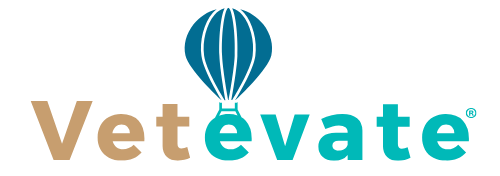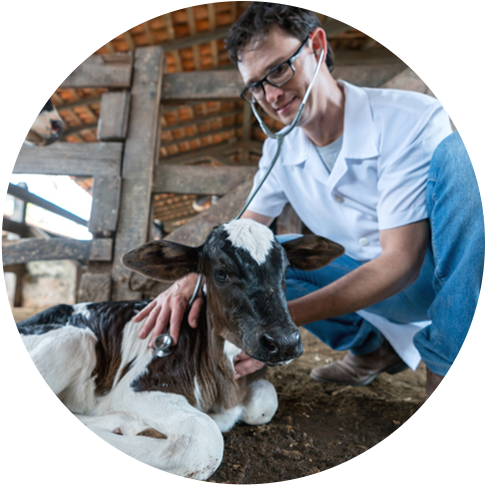When people think about veterinary job boards, they usually picture listings for veterinarians, vet techs, or animal health specialists. However, many veterinary clinics and animal care facilities also require the services of professional pet groomers. As a result, veterinary job boards often include job postings for grooming roles, especially within larger practices that offer grooming as part of a broader suite of pet wellness services. Some animal hospitals even have dedicated grooming departments, blending medical care and grooming to provide holistic pet services. This overlap creates an opportunity for professional groomers to find quality jobs through platforms that are primarily known for clinical veterinary roles.
Using veterinary job boards to find pet grooming positions offers a few distinct advantages over general employment websites. First, you are more likely to find jobs where grooming is treated as an essential part of pet health rather than just a cosmetic service. Employers who advertise through veterinary-specific platforms typically understand the importance of grooming for hygiene, skin health, and overall well-being. They may prioritize hiring skilled groomers who can recognize early signs of medical issues and communicate effectively with veterinary staff. For pet groomers who want to work in environments where their expertise is respected and their career growth is supported, veterinary job boards can be a powerful tool.
How to Search Effectively for Grooming Jobs
Finding pet grooming jobs on a veterinary job board requires a slightly different search strategy than looking on a general job board. Since the primary audience of these platforms is veterinary professionals, grooming jobs might be listed under categories like “support staff,” “pet services,” or “ancillary services” rather than simply “groomer.” Therefore, it is important to broaden your search parameters to ensure you capture all the relevant opportunities. Searching for keywords such as “pet grooming,” “groomer,” “animal care attendant,” or “pet stylist” can help uncover listings that might otherwise be missed if you use only the most obvious terms.
Another effective strategy is to browse postings from veterinary hospitals, animal clinics, and pet resorts that offer a wide range of services. Many larger veterinary practices operate as full-service pet care centers, combining medical care with grooming, boarding, daycare, and training. These organizations often prefer to hire in-house groomers rather than referring clients elsewhere, creating steady employment opportunities for grooming professionals. It can also be beneficial to monitor new postings regularly and act quickly, as grooming positions advertised on veterinary boards may be filled faster due to the specialized and motivated audience those boards attract.
If available, setting up email alerts with specific grooming-related keywords can save time and ensure you are among the first to know when new opportunities arise. While it may seem tedious to monitor a veterinary job board daily, doing so can give you a major advantage over other job seekers and help you land roles that offer better working conditions, higher pay, and more professional respect compared to traditional grooming salons.
Tailoring Your Application for Grooming Jobs
Applying for a grooming job through a veterinary job board requires a slightly different approach than applying through general pet care listings. Because the employer is often a veterinary practice, they may prioritize applicants who understand the health implications of grooming and who can work collaboratively with veterinary staff. As a result, your resume and cover letter should emphasize more than just aesthetic grooming skills like breed-specific cuts or show grooming techniques. You should highlight your ability to spot health issues such as skin infections, ear problems, parasites, and abnormal lumps, and your experience communicating these findings to veterinary teams or pet owners.
Professional certifications can also play a major role in setting you apart from other candidates. If you hold certifications such as Certified Professional Groomer (CPG) or Certified Master Groomer (CMG) credentials, be sure to mention them prominently. Training in pet first aid or fear-free handling techniques is especially valued in veterinary environments. Experience working with elderly pets, pets with medical conditions, or pets recovering from surgery can also be an asset worth mentioning. Emphasizing skills like gentle handling, attention to health indicators, and strong client communication will align your profile more closely with the expectations of veterinary employers.
In your application materials, it is also important to convey a collaborative attitude. Veterinary hospitals often value team players who can integrate easily into a healthcare-focused environment. Mentioning any experience you have working alongside veterinary teams, vet techs, or other pet care specialists can enhance your credibility. Expressing your commitment to the overall health and well-being of animals, rather than focusing solely on the grooming aspect, can make a powerful impression on hiring managers looking for groomers who understand their broader mission of animal health care.
Building a Long-Term Grooming Career
Finding your first grooming job through a veterinary job board can set the foundation for a rewarding and stable career in pet grooming. Unlike traditional grooming salons that may focus primarily on volume and speed, veterinary hospitals typically view grooming as an extension of pet wellness. This perspective can lead to greater job satisfaction, opportunities for professional growth, and a deeper sense of fulfillment for those passionate about animal care. By working in a veterinary-connected environment, groomers often have access to continuing education opportunities, exposure to complex cases, and the ability to develop specialized expertise in areas such as grooming for medical conditions or geriatric pets.
Over time, building experience in veterinary settings can open doors to advanced roles such as lead groomer positions, grooming department management, or even educational roles in grooming schools. Some groomers who start in veterinary clinics go on to specialize further, offering grooming services tailored to pets with specific health needs, which can command higher fees and greater professional respect. Working in close proximity to veterinary teams also allows for collaborative learning, enabling groomers to continuously refine their skills in recognizing health issues and improving pet outcomes.
Moreover, developing strong relationships with veterinarians and pet owners can significantly enhance a groomer’s professional network. Satisfied clients and trusted veterinary colleagues often become valuable sources of referrals and recommendations, supporting career advancement whether within the same facility or when pursuing new opportunities elsewhere. As the pet care industry continues to evolve, grooming services integrated into broader health care models are likely to grow in demand. By positioning yourself within this space early, using veterinary job boards as a strategic entry point, you can build a grooming career that is not only financially rewarding but also professionally meaningful and resilient in the face of industry changes.




